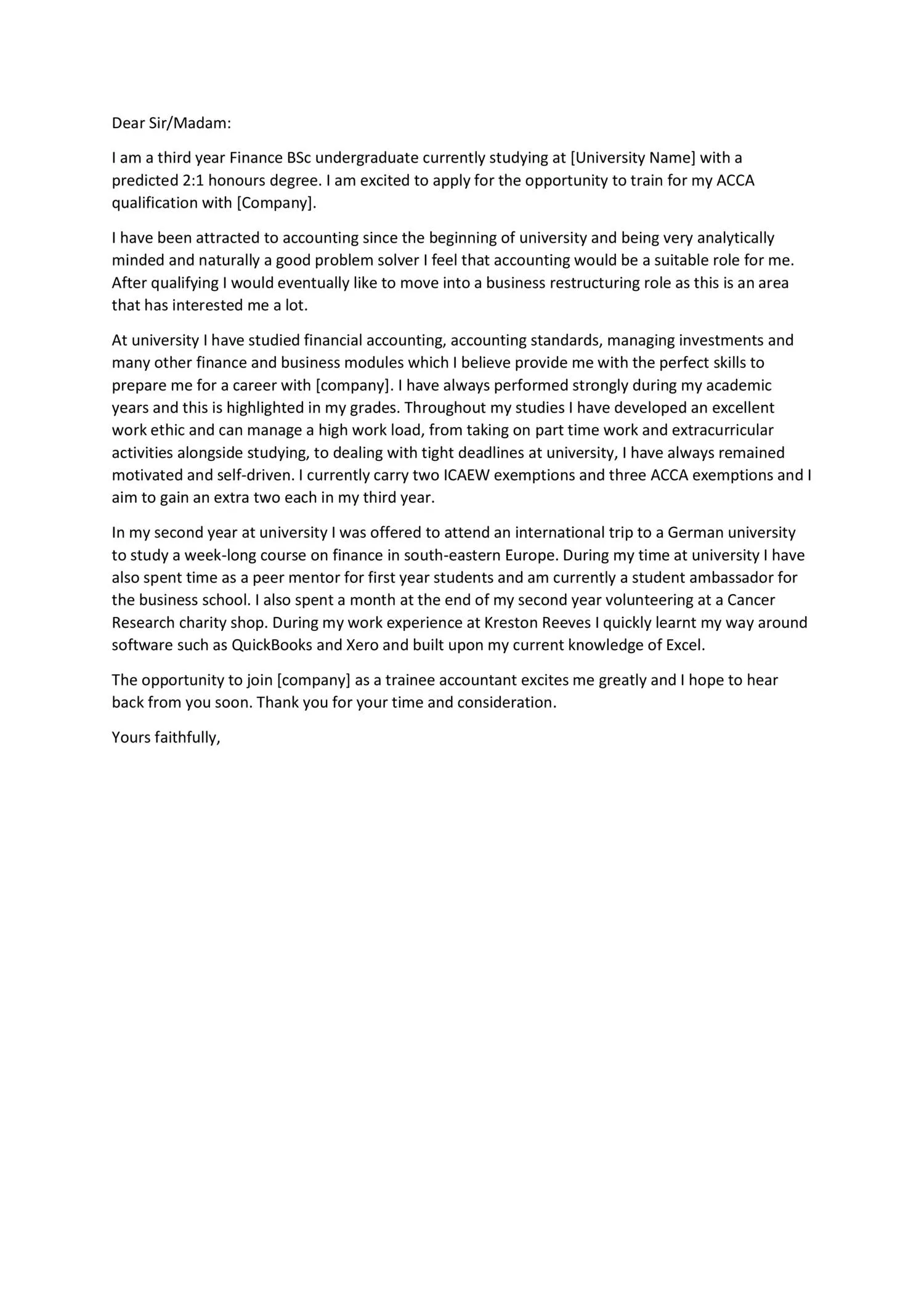Crafting a Compelling Web Developer Cover Letter
In the competitive world of web development, a well-crafted cover letter can be the key to unlocking your dream job. It’s your first opportunity to make a positive impression on a potential employer, showcasing your skills, experience, and personality. This guide will provide you with the essential elements to create a standout cover letter that grabs the attention of recruiters and hiring managers, increasing your chances of getting hired fast. A strong cover letter is not just a formality; it’s a crucial component of your job application that complements your resume and highlights why you are the perfect fit for the role.
Understanding the Purpose of a Cover Letter
A cover letter serves as your introduction to a potential employer, going beyond the basic information provided in your resume. Its primary purpose is to introduce yourself, express your interest in the specific position and company, and demonstrate how your skills and experience align with their needs. It allows you to tell your story in a narrative format, providing context and personality that a resume often lacks. A cover letter is your chance to explain why you’re not just qualified, but also enthusiastic about the opportunity, setting the stage for a positive first impression.
Why a Cover Letter Matters in Web Development
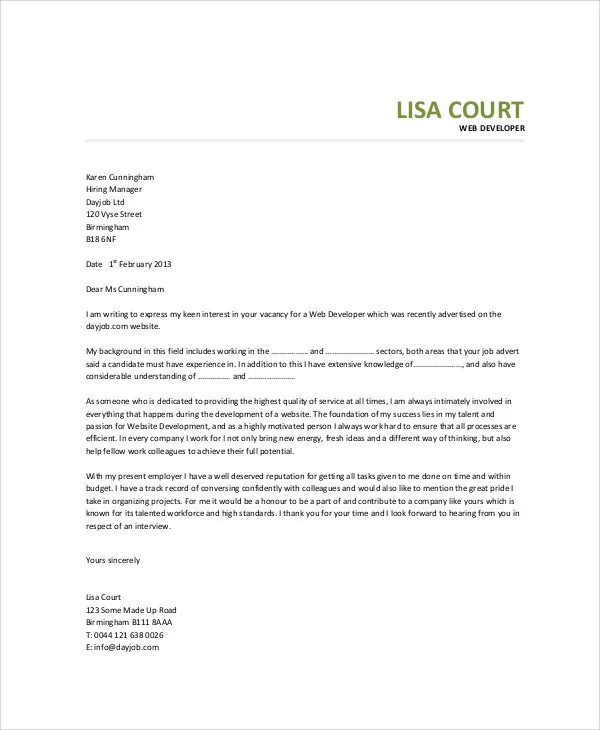
In web development, where technical skills are paramount, a cover letter adds a personal touch and demonstrates your communication abilities. It provides an opportunity to showcase your passion for web technologies, explain your career goals, and highlight relevant projects that might not be fully detailed in your resume. Moreover, it shows your attention to detail and your ability to tailor your message to a specific audience. By providing context, you allow recruiters and hiring managers to get to know you better, increasing your chances of getting a job and setting you apart from other applicants, as many candidates often overlook the cover letter.
Key Components of a Winning Web Developer Cover Letter
A well-structured cover letter follows a clear format, ensuring all essential elements are included. Each section plays a vital role in communicating your qualifications and enthusiasm effectively. From the header and salutation to the closing paragraph, every component should be crafted with precision and purpose. Remember, the goal is to showcase your personality and how your experience matches the company’s needs. Proper organization and a clear structure make it easier for the reader to understand your message, therefore increasing its impact.
Header and Contact Information
Start your cover letter with a professional header. Include your full name, contact information (phone number, email address, and optionally, your LinkedIn profile URL). Also, include the date and the hiring manager’s name and title (if known) and the company’s address. This information ensures that the employer can easily contact you. Ensure the header is formatted neatly and consistently, mirroring the professionalism you aim to convey throughout your application. A well-formatted header is your first impression.
The Salutation

Address the hiring manager by name whenever possible. Research the company and identify the appropriate contact person. If you can’t find a specific name, using ‘Dear Hiring Manager’ is acceptable. Avoid generic greetings like ‘To Whom It May Concern,’ which can make your letter feel impersonal. A personalized salutation shows you’ve taken the time to learn about the company and are genuinely interested in the opportunity. Personalization adds a level of thoughtfulness that can significantly impact your initial engagement with the reader.
Opening Paragraph: Grabbing Attention
The opening paragraph is your chance to grab the reader’s attention. State the position you’re applying for and where you found the job posting. Briefly highlight your most relevant skill or achievement to create immediate interest. Consider starting with a compelling statement that captures your enthusiasm and outlines why you’re an ideal candidate. This first paragraph should set the tone for the rest of your letter, making the reader want to learn more about you. It should be concise, engaging, and make a strong first impression.
Showcasing Your Skills and Experience
Use the body of your cover letter to showcase your relevant skills and experience. Align your qualifications with the requirements of the job description, highlighting the technologies, languages, and frameworks you’re proficient in. Provide specific examples of your accomplishments, focusing on projects and roles where you successfully applied your skills. This section is the core of your cover letter, where you demonstrate your value to the company. Make sure your examples are clear, concise, and relevant to the specific job requirements.
Highlighting Relevant Projects
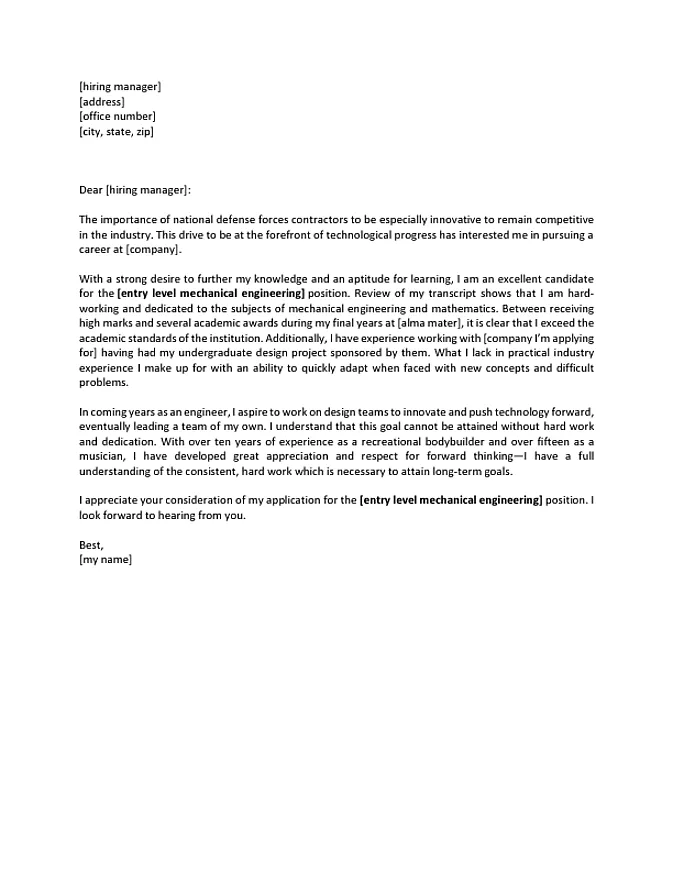
Detail the projects you’ve worked on, including the technologies used and the results achieved. Explain your role in each project and what you accomplished. Provide links to your portfolio or live project websites if possible. Focus on projects that align with the company’s needs and demonstrate your ability to solve real-world problems. Use quantifiable metrics whenever possible, such as increased user engagement or reduced loading times. Highlighting projects will make your achievements tangible and appealing to the hiring manager.
Quantifying Your Achievements
Whenever possible, quantify your achievements with data. Use numbers to show the impact of your work. For example, ‘Increased website traffic by 30%’ or ‘Reduced bug reports by 25%’. This demonstrates the value you bring to a company and makes your accomplishments more credible. Providing data-driven examples makes your accomplishments much more impactful, showing real results and the value you would bring to their team. Use metrics, percentages, and numbers to validate your claims.
Tailoring Your Letter to the Job Description
Customize your cover letter for each job application. Carefully review the job description and identify the key skills and qualifications the employer is seeking. Tailor your cover letter to address these requirements directly, highlighting how your experience aligns with their needs. Avoid sending a generic cover letter; instead, show the employer that you have researched their company and understand their requirements. Customization demonstrates your interest and shows that you’re willing to put in the effort to secure the position.
Expressing Enthusiasm and Company Research
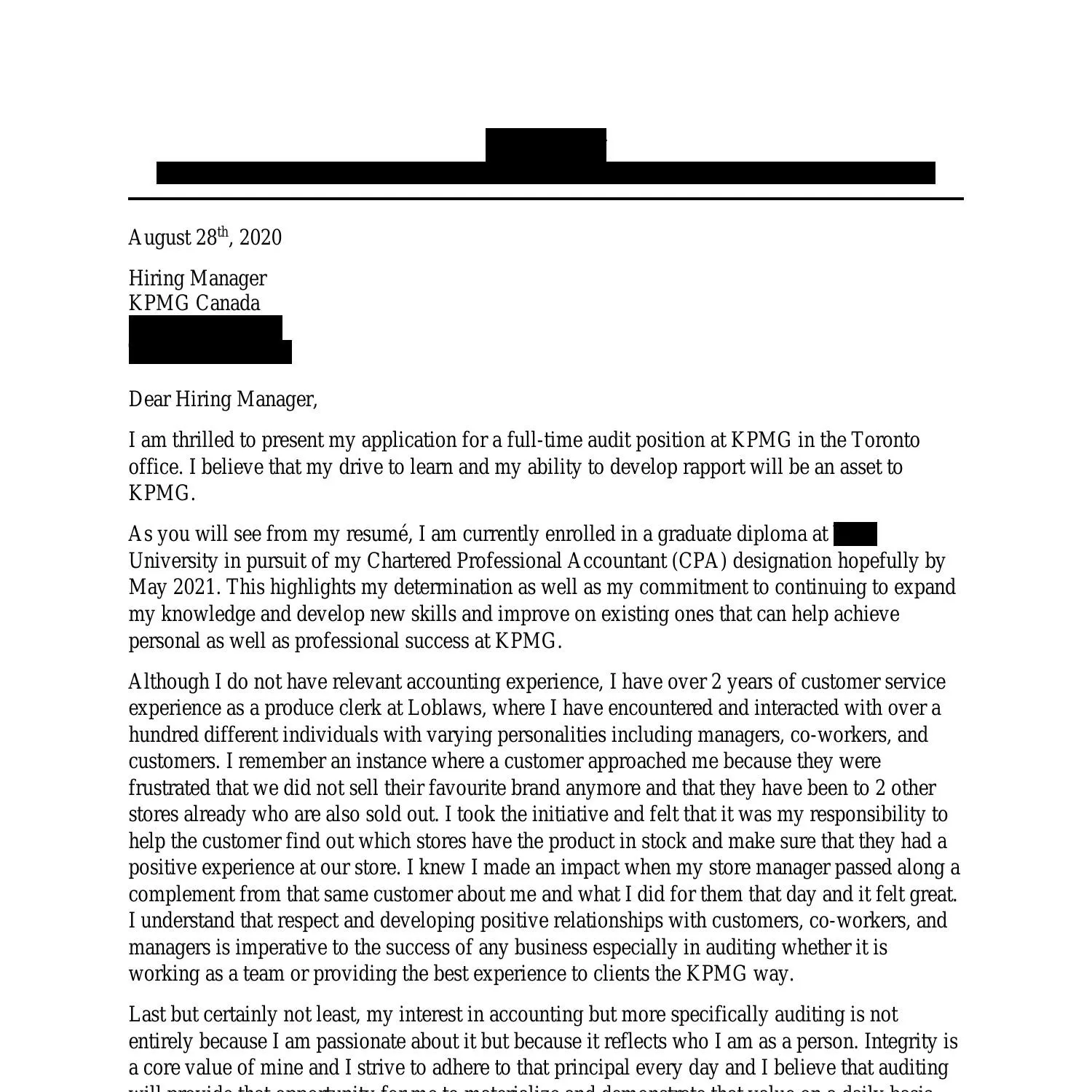
Show your enthusiasm for the company and the specific role. Research the company’s mission, values, and recent projects. Mention something specific that excites you about the company or the opportunity, demonstrating that you’ve done your homework. Highlight how your career goals align with the company’s objectives. Expressing genuine interest shows your dedication and commitment to joining their team. Showing genuine interest makes you more relatable and memorable to the hiring manager.
The Closing Paragraph and Call to Action
In your closing paragraph, restate your interest and summarize your key qualifications. Include a clear call to action, such as ‘I am eager to discuss how my skills can benefit your team’ or ‘I look forward to hearing from you soon.’ Express your availability for an interview and thank the hiring manager for their time and consideration. A strong closing paragraph reinforces your key selling points and prompts the hiring manager to take the next step. A clear call to action increases your chances of getting an interview.
Formatting and Proofreading for Professionalism
Ensure your cover letter is well-formatted and easy to read. Use a professional font, such as Arial, Calibri, or Times New Roman, with a font size between 10 and 12 points. Use standard margins (1 inch on all sides) and single-spacing. Proofread your cover letter carefully for any typos, grammatical errors, or formatting inconsistencies. A clean and polished cover letter demonstrates your attention to detail and professionalism. Proper formatting and proofreading make a great impact.
Common Mistakes to Avoid in Your Cover Letter
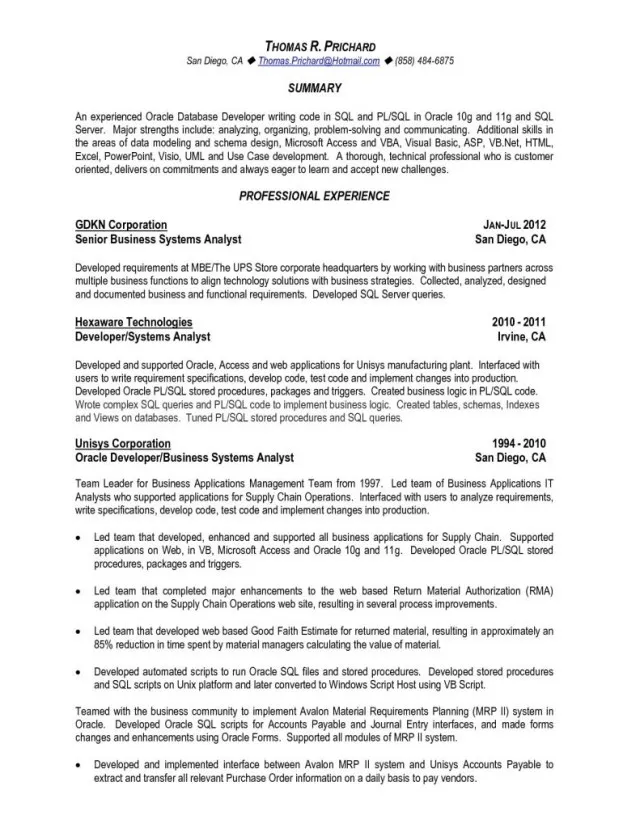
Certain mistakes can significantly reduce the effectiveness of your cover letter. Avoid these common pitfalls to maximize your chances of getting hired. Paying close attention to details and avoiding these common mistakes can dramatically improve your chances of making a positive impression. Keep it concise, professional, and tailored to the specific job.
Lack of Customization
Sending a generic cover letter without tailoring it to the specific job and company is a major mistake. Always customize your letter to address the requirements of the job description and highlight how your skills and experience align with the company’s needs. Hiring managers can spot generic letters easily, which shows a lack of interest and effort. Customization demonstrates your genuine interest in the role and increases your chances of getting hired.
Generic Language
Avoid using generic phrases or clichés that lack substance. Instead, use specific examples and quantifiable achievements to showcase your skills and experience. Generic language makes your cover letter sound impersonal and fails to differentiate you from other candidates. Be specific about your accomplishments and explain how you can bring value to the company, which allows you to stand out.
Typos and Grammatical Errors
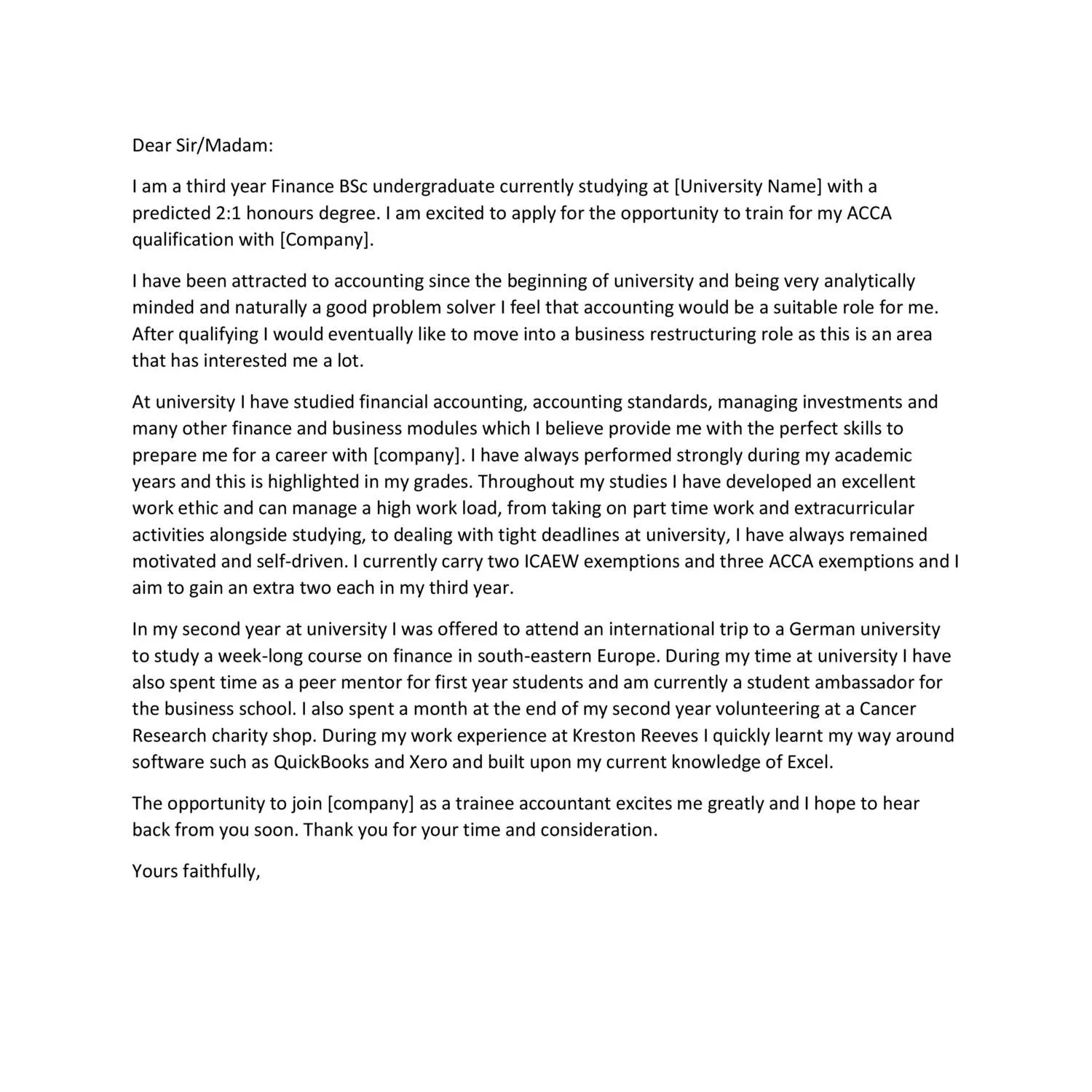
Typos and grammatical errors can damage your credibility and make you appear unprofessional. Always proofread your cover letter carefully, and consider having someone else review it as well. These errors demonstrate a lack of attention to detail and can lead to your application being rejected. Double-checking your grammar and spelling will ensure you present yourself in the best possible light.
Submitting Your Cover Letter
When submitting your cover letter, follow the instructions provided in the job posting. If the application requires you to upload your cover letter, ensure it’s in the correct format (usually PDF or DOCX). If you’re sending your cover letter via email, include a concise subject line that mentions the job title. Proofread your email before sending, ensuring it is free of errors. Following these simple steps will improve your chances of getting hired, and is key to a successful job application.
In conclusion, a well-crafted cover letter is essential for web developers seeking to get hired fast. By following the tips outlined in this guide, you can create a compelling cover letter that highlights your skills, experience, and passion. Tailor your letter to each job, showcase your achievements, and avoid common mistakes. Remember to proofread carefully and submit your cover letter with confidence. Good luck with your job search!
